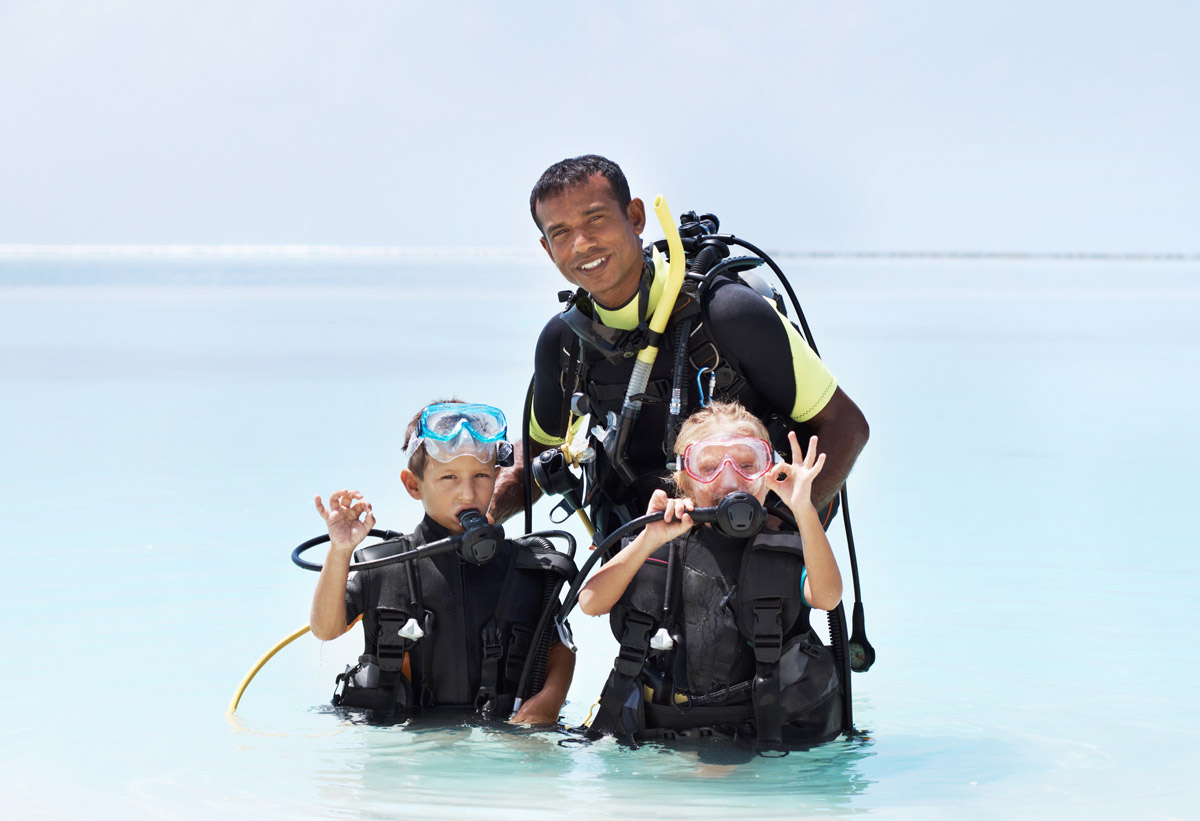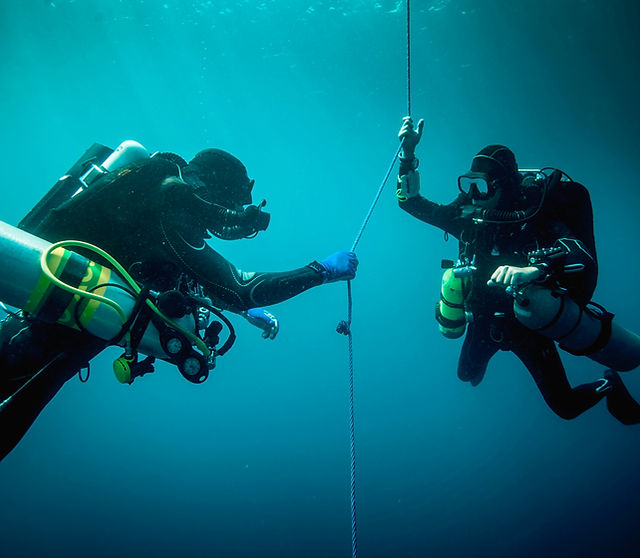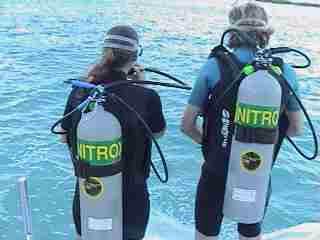
This article will explain how to equalize ears. The Toynbee maneuver is a safe method to equalize ears. It doesn't involve a Valsalva maneuver, which is the typical approach. Instead, you gently squeeze your lips. After swallowing, you'll hear a difference in your hearing.
Eustachian tubes equalize by swallowing
The eustachian tube is a network of passageways connecting the middle ear to the nasopharynx or back of your nasal cavity. They are used to equalize the air pressure in your middle ear. Swallowing and chewing can open the tubes and allow air into the middle ear. If the tubes become blocked, the middle of the ear can't function properly and this can cause hearing loss.
A blocked eustachian tubes can cause discomfort and pain in the ears. In some cases, it may even lead to ear damage. This condition is typically temporary and can be treated by addressing the underlying cause, such as nasal congestion or sinus infection. The treatment options include decongestants or antibiotics. Some cases may require surgery in order to restore normal eustachian function.

Valsalva maneuver doesn't equalize ears
There are several ways to equalize your ears, and one of them is the Valsalva maneuver. The maneuver works by pinching the nostrils and blowing through the nose. It creates excess throat pressure which pushes air through Eustachian tubules and opens them. Although it isn't as efficient as breathing through a mouth, the Valsalva maneuver can still be very useful.
Another technique to equalize your ears is the use of your nostrils to squeeze and blow air into your sinuses. This is the easiest and most effective way to equalize you ears. It works well. However, it is important to not blow too hard through your nose. This can cause further injury to your ears. Blowing too hard can cause damage to your ears and even break your round windows.
Toynbee maneuver equalizes ear safely
The Toynbee maneuver balances the pressure in your middle ear. Because the middle ear is a dead air space, it needs equalizing to match the outer and inner ear pressures. In order to do this, a person should swallow and gently pinch their nose. This can help reduce the pain that is caused by the middle ear pressure imbalance.
This maneuver should be practiced to avoid locking the Eustachian tube. These tissues may close if there is too much pressure. This is why you need to be familiar with the Toynbee maneuver.

Signs of an improper equalization
For free divers, it is essential to use proper equalization techniques. Incorrect equalization techniques may lead to inner-ear barotrauma. For example, Valsalva maneuvers that are too forceful can lead to the round window bursting. This happens when the eustachian pipes become blocked. The fluid will increase pressure and cause the round glass to burst. This can be dangerous and should prompt medical attention.
If you feel pain during equalization, stop immediately. You should not go too far as too much equalization could cause the Eustachian tubes to become locked. Instead, climb a few feet. If equalization remains painful, lower yourself again and do the same. The Lowry technique, which combines both the Valsalva maneuver and the Toynbee maneuver, is recommended if pain persists. You can also pinch your nose and swallow to help equalize your ears.